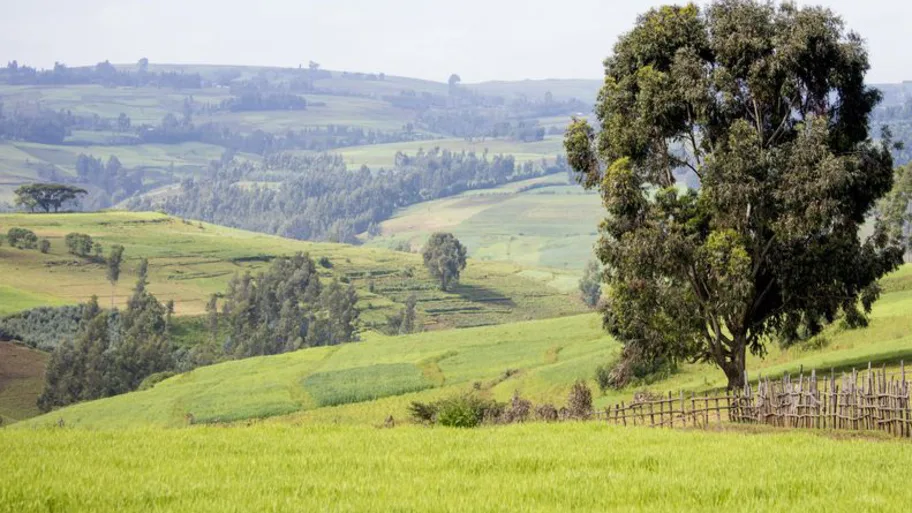
- Science News
- Featured news
- Place-based dialogics for engaging local communities in conservation campaigns
Place-based dialogics for engaging local communities in conservation campaigns

Place-based dialogics revolve around the concept of dialogue, and are central to improved conservation efforts in rural areas. Image: Shutterstock
Dialogue is a powerful catalyst for change, but dialoguing effectively is deceptively difficult.
— By Mark Wartenberg
Researchers from the University of Texas argue that it is important to look in closer detail at how conservationists communicate with rural populations whose behavior they would like to change. They identify three particular forms of dialogue-based interpersonal communication that are specific to the relevant rural communities: critical listening and understanding, recognition of difference, and cooperative engagement.
The study, published in Frontiers in Communication, examined the work strategies of Rare, an environmental NGO that uses social marketing campaigns that aim to improve environmental conditions by engaging directly with people living in affected areas.
“Place-based dialogics,” as the researchers dub these strategies, are central to improved conservation efforts in rural areas. They revolve around the concept of dialogue, which is a very particular form of interpersonal communication.
To quote the researchers, “dialogic communication is differentiated from traditional forms of communication (such as transactional or persuasive) because an inherent focus on reflexivity, ethicality, and mutual engagement is expected (or perhaps, required).”
Their communication efforts pivot around three intertwining insights, based on the theories of Paulo Freire, Martin Buber, and Mikhail Bakhtin.
1. Seeing Eye to Eye
Dialogue goes awry when those interested in changing behaviors are unable to see their talking partner as anything other than a means to an end. Viewed as an instrument, rather than as an individual, one may see little reason to open up to change.
Seeing people in their own right encourages open dialogue, fosters mutual respect, and increases the possibility for change. For Rare, this involves word of mouth and volunteer programs, both of which allow community members to carry new knowledge through their daily lives, share it among each other, and make it their own.
2. Embracing Cultural Differences
Closely related to this, is the importance for Rare to recognize and respond to difference. Community members’ voices and opinions stem from unique cultural points of view, and conservationists embrace this by engaging with local culture.
As the researchers put it, “Campaign managers have used religious leaders, local languages, traditional customs and activities, and other place-based approaches to create inclusive conservation campaigns.”
3. Embracing Different Ways of Knowing
Finally, Rare’s approach to dialogue creates a level playing field where mutual respect precedes persuasion.
Jacques Rancière, a 20th century French philosopher, argued that teachers set their pupils up as helpless creatures the better to instruct them. The student’s helplessness is a fiction.
Similarly, if conservation efforts feel unbalanced, this is less because of the local population’s ignorance, and more because of the expert’s inflated sense of importance. When they speak to community members, Rare’s campaign managers embrace other forms of expertise, and devote themselves to a truly cooperative and mutual dialogue.
This translates into a number of activities, including “key stakeholder meetings, relationship building with local governmental, religious, and community leaders, and training sessions with local farmers or fishers.” By marginalizing their status, Rare’s experts ensure that dialogue and change crops up from within the community.
The researchers conclude that they have “attempted to demonstrate the salience of interpersonal approaches to environmental communication that are not overtly simplistic.” The business of talking — when it aims to create change — is not as easy as it looks. The researchers argue that dialogue should be harnessed in ways that are very particularly attuned to the culture in question.
The relevance of place-based dialogics is far-reaching. It’s possible to bridge incredible differences, and effect actual change, but this is not a simple task, and it demands attentiveness to how we talk to each other.
Original research article: Place-Based Dialogics: Adaptive Cultural and Interpersonal Approaches to Environmental Conservation
Corresponding author: Stacey K. Sowards
REPUBLISHING GUIDELINES: Open access and sharing research is part of Frontier’s mission. Unless otherwise noted, you can republish articles posted in the Frontiers news blog — as long as you credit us with a link back to the original research. Selling the articles is not allowed.






